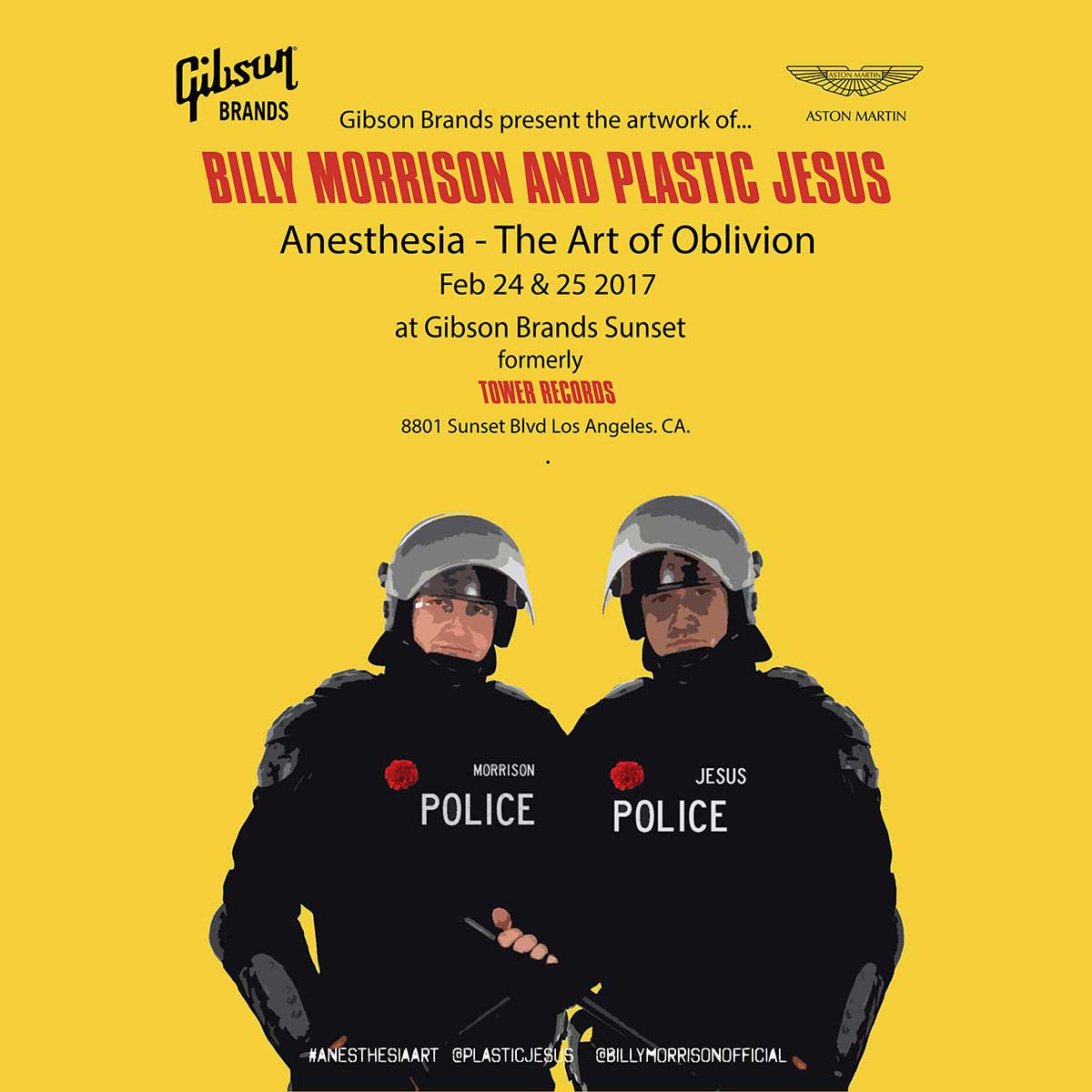
Los Angeles is deep in holiday season, with frenzied last-minute shopping underfoot and travel preparations for family time. Here to dissolve the mundanity of redundant affairs is Lincoln Jones, artistic director and choreography of the American Contemporary Ballet, and his third foray into The Nutcracker Suite, a drastically new vision of the Tchaikovsky original that we’re all used to. With a new venue at Downtown LA’s Metropolis this time, ACB again reimagines this ballet.
Our own Maddie Cook got the opportunity to talk with Jones about some of the intricacies of his interpretation, eager to share all the secrets of Jones’ mastery in the production. Turns out he’s quite a tough nut to crack on expending details but gave us a curious view into what you can expect when entering ACB’s most immersive experience of the season.
LA CANVAS: How is your production of The Nutcracker Suite different from the Tchaikovsky original?
LINCOLN JONES: The original Nutcracker libretto was based on Alexandre Dumas’ adaptation of the original story, which was by E.T.A. Hoffmann. Tchaikovsky loved Hoffmann’s story, but did not like the libretto he was asked to write the music to. Dumas was a well-known serial writer (The Three Musketeers, The Count of Monte Cristo) who certainly knew how to spin a popular yarn; but Hoffmann was a more personal and visionary writer.
His tale is layered with meaning and is ultimately about the choice of a young child to retain her imagination into adulthood… a metaphor for choosing the life of an artist. Ballet is ballet, and much of any Nutcracker is based on dancing, but as for the storytelling elements, I went to the Hoffman.

LAC: ACB paints The Nutcracker Suite as revealing the “mystery” at the heart of the classic ballet—how do you feel the production achieves this so-called “mystery?”
LJ: If I told you that it wouldn’t be much of a mystery, would it?
LAC: As it is your third year doing this production, how do you adapt the performance? Is there anything decidedly different in the ballet this year?
LJ: Yes. There is one aspect of the performance that has been different every year. This particular element sort of develops on itself. I think it’s fun. though maybe a bit startling for anyone who encounters it, but for those who have been each year, it develops an even greater nuance, and speaks to the mystery.
In addition to keeping both kids and adults in mind with the creation of the Nutcracker, I also am always thinking about the return audience as well as the new. I want to reward both.
But one of the biggest changes is the addition of new dancers, and the development of performers that danced the ballet before. That’s why it can never get stale. Seeing Rochelle Chang’s Sugar Plum Fairy, vs. Elise Filo’s, or Cara Hansvick’s, or Madeline Houk’s… it’s a totally different experience. Each brings a totally different fingerprint to the role.
I also re-choreograph the Sugar Plum variation every year. I like this year’s version the best so far.

LAC: Has the change in performance space to Metropolis for this year’s production affected the performance?
LJ: It has affected it in some great ways. Nutcracker has been in a different space each year, and each time, it has informed the production. Adapting to change always brings with it opportunities for invention. [Metropolis] reveals the various elements of the production at a different pace, and lets you view them in a new way. It also informed that developing element of the production that I spoke of in the previous question.
LAC: In my experience, ACB’s productions are uniquely innovative and immersive—in what ways are those elements incorporated in Nutcracker?
LJ: Nutcracker is by far our most immersive production. Actually, when I conceived of it, I had never heard of immersive theater, which seems to be really taking off as a theatrical form now. The first act of the Nutcracker, the staging of which I’ve always found a bit tedious, is totally interactive. My thought was, “Why watch a party when you can go to one?” And for the whole production, the audience is inside the set, rather than looking at it. The second act has some surprises as well.
https://www.instagram.com/p/B59k6kRg_Wx/
LAC: How do you feel audience response has been to the production so far this season and how do you approach that component?
LJ: When I was young, my parents would set up this whole Christmas morning sequence, where the living room doors would be closed, and we knew behind them was something wonderful. They would act like we wouldn’t be able to go in, at least not for a while, and they would deliberately drive us crazy, saying things like ‘I think we need to do some yard work first” (our chores). Then they would open the doors, and there would be a big roaring fire, presents, and classical music playing.
I’ve sort of created an expanded version of this experience which created so much excitement and wonder for me as a kid. And that is one of the best parts of the show, watching the faces of people as they experience the unexpected and the wonderful. I think experiencing that kind of thing with friends and family is what this holiday tradition is about.

LAC: How would you place this year’s Nutcracker Suite in the nexus of ACB’s previous performances?
LJ: To a certain extent, our seasons are based on contrast and variety. Nutcracker probably couldn’t contrast more from our October programming, and it is obviously quite different from our Astaire programs, our Balanchine series and our new ballets. The idea is to give the audience wildly different experiences, different tones to mark the various times of year. It also provides a lot of different avenues into this art for people who are new to it (which many in Los Angeles are).
They might come to Astaire because they love Fred Astaire, but then they come back for the avant-garde Balanchine works, and then are attending year-round. Nutcracker has become such an established way to celebrate the season, but I’ve tried to provide a version of it which doesn’t ask them to accept theatrical traditions which are from a totally different time and place. I’ve tried to create a way to celebrate the holiday which feels like home.
LAC: Lastly, is there anything that you would like your audience to know prior to experiencing the performance?
LJ: Nope!
Never letting even the slightest secret slide! Lincoln Jones and the American Contemporary Ballet are wrapping up their production of The Nutcracker Suite now at Metropolis, with shows running until December 24th. Tickets and information about this show as well as the rest of their wildly exciting season can be found at acbdances.com.
https://www.instagram.com/p/B56YC0-AAFg/






